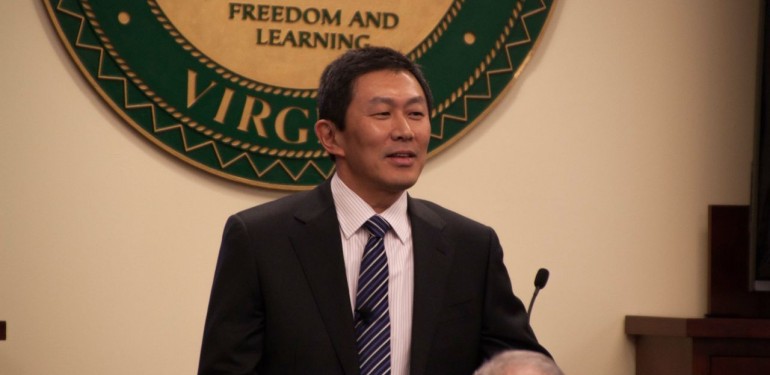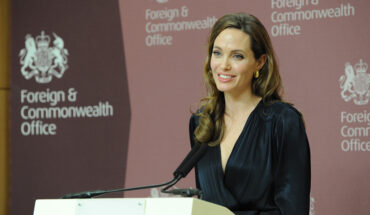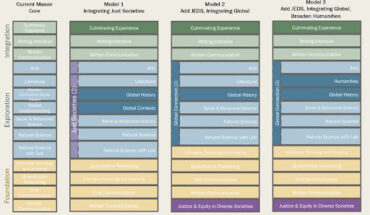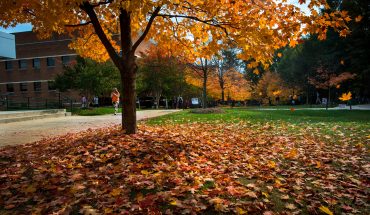Over the past couple of weeks, we’ve heard from four finalists for Mason’s next provost who presented their visions for the future of the university. A common strand for each presentation has been a commitment to boost Mason’s research credentials by altering academic programs and increasing research funding.
As part of its strategic plan, Mason will try to attain a “very high research activity” ranking from the Carnegie Foundation, a research center that measures the research activity of hundreds of universities. The move is part of an attempt to increase Mason’s reputation as a high-class research institution.
So what are the challenges? The median amount of investments in science and technology research for very high research institutions is $250 million, $177.5 million more than Mason’s current expenditure level.
According to a student engagement report conducted by the university in 2013, only 13 percent of seniors reported conducting research with faculty outside of coursework or program requirements. That number has gone relatively unchanged since 2006. The report made several conclusions that compared Mason with institutions that were already classified as having a very high research activity.
How do we overcome the funding gap and boost involvement in the research process? Administrators are working on a solution now, but it’ll be one of the biggest challenges for the incoming provost.




